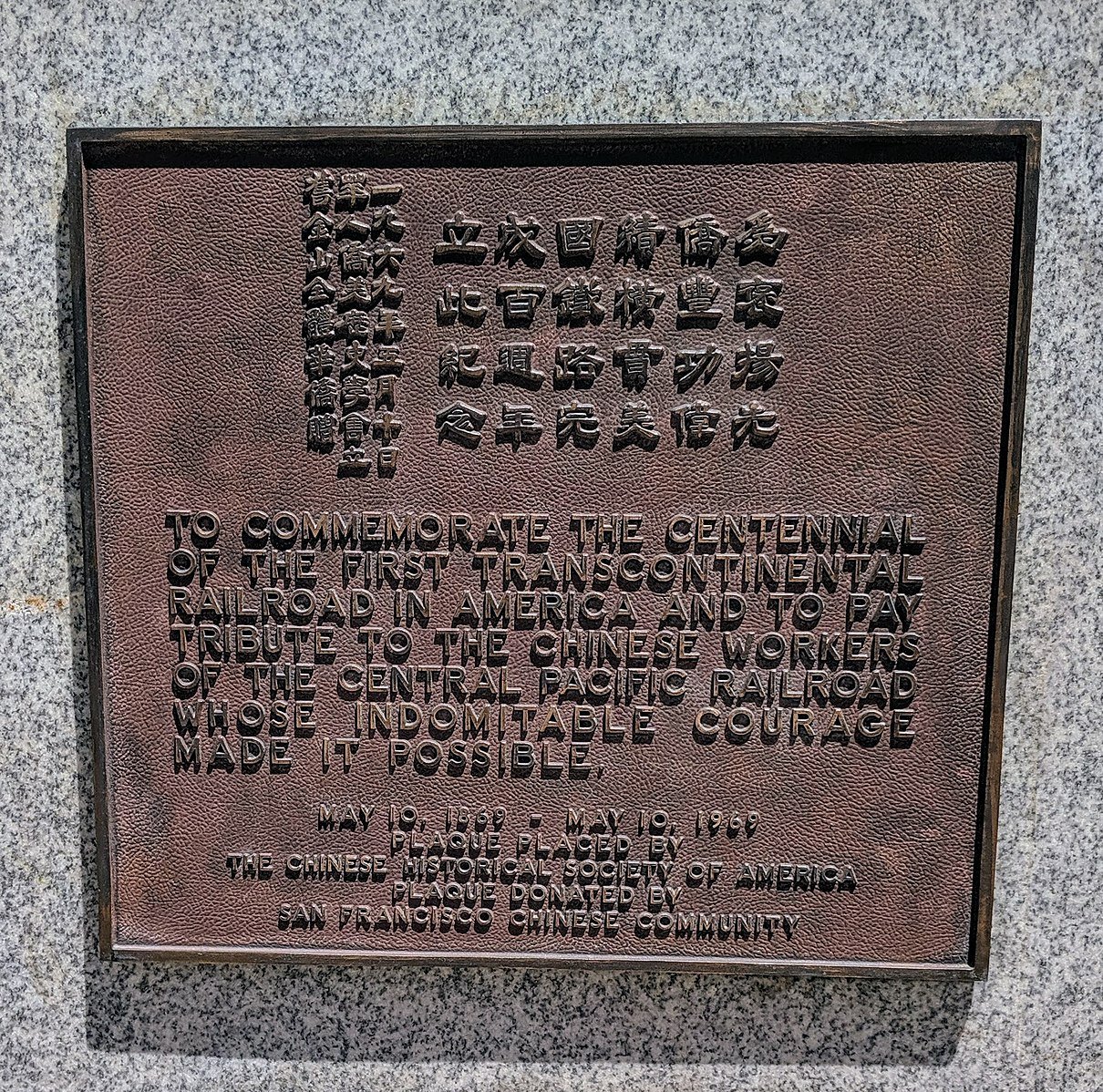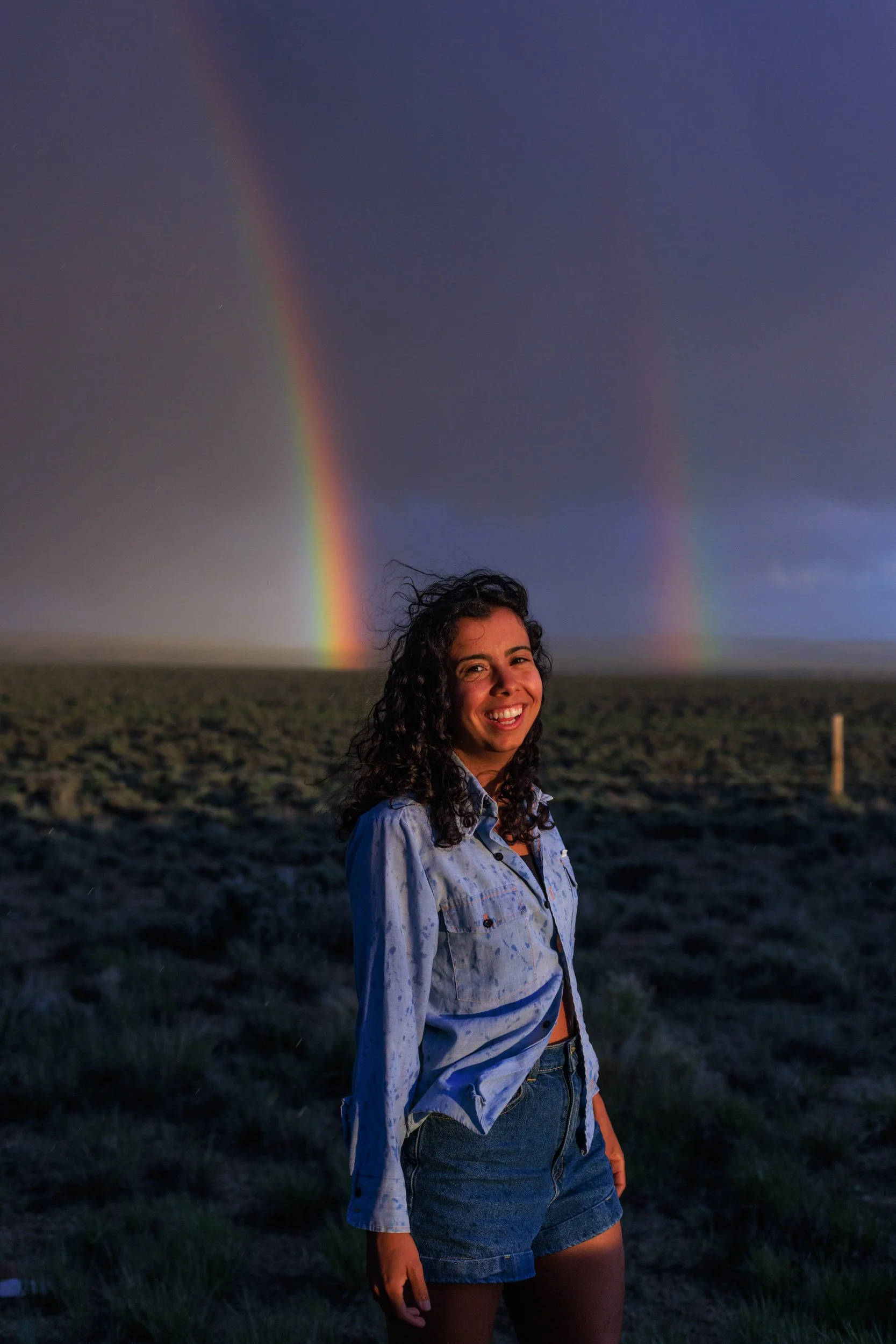Visit These 6 Historic Sites to Learn More About People of Color in America
Getty Images: Manzanar National Historic Site
When you think of the National Park Service (NPS), what comes to mind? The Narrows at Zion National Park? The South Rim of the Grand Canyon? Or maybe catching the perfect sunset at Great Smoky Mountains National Park? You wouldn’t be far off. Those are a few of the most popular national parks across the country. However, they are a drop in the bucket compared to the 425 total sites stewarded by NPS. Not that interested in hiking? No problem. America’s national parks offer much more than just recreational activities. They are a place to learn the histories you won’t learn in school–the stories of the enslaved, the exploited, and the silenced. Indigenous, Black, and Brown immigrant histories are increasingly being preserved through federal designation. With American history becoming increasingly white-washed, it is crucial to understand how we got to where we are today. On your next trip to a U.S. national park, we invite you to visit a historic site tied to a community or Person of Color for a unique learning experience. Here are 6 Historic Sites to Visit to Learn More About People of Color in America.
1. Manzanar National Historic Site
Two months after the attack on Pearl Harbor, President Franklin D. Roosevelt authorized the U.S. military to round up anyone with Japanese ancestry and place them in internment camps. Manzanar War Relocation Center in Lone Pine, CA was one such camp–an open-air prison surrounded by barbed wire, guard towers, and military patrols. Families lost their homes, businesses, and belongings while illegally detained for three years without due process. The internment camps were also a source of emotional turmoil for the 26,000 Japanese Americans who fought for their country while their relatives were falsely imprisoned back home. Learn more about this dark period of U.S. history by visiting the Manzanar National Historic Site.
Photographer: Horatio Seymour Squyer
2. Harriet Tubman Underground Railroad National Historical Park
Harriet Tubman was an American abolitionist who helped enslaved West Africans escape through the Underground Railroad. It was through her efforts, and many others, that people who escaped slavery could establish new lives for themselves and their families in communities as far north as Canada. Harriet Tubman Underground Railroad National Historical Park is located in Church Creek, Maryland, not far from where she grew up. After escaping, the Underground Railroad’s most well-known conductor returned 13 times to free 70 other people.
3. Golden Spike National Historical Park
Golden Spike National Historical Park (Brigham City, Utah) celebrates the 1869 completion of the first transcontinental railroad across the United States, a great technological achievement for the railroad industry. But the accomplishment came at the expense of thousands of workers, many of Chinese descent. The Central Pacific Railroad (CPRR) reluctantly began hiring Chinese immigrants as laborers in 1864. These workers were paid on average 30% less than white laborers and were subjected to a segregated co-existence. Many of these Chinese laborers’ stories have been left untold due to racism in journalism.
iStock
4. Trail Of Tears National Historic Trail
While not a national monument, the Trail of Tears National Historic Trail remembers the 60,000 Indigenous people and enslaved West Africans who were forced to leave the Southeast United States. This ethnic cleansing event was approved by Congress and enforced by the U.S. Army. It primarily impacted the Cherokee, Chickasaw, Choctaw, Muscogee, and Seminole tribes. Families were driven out of their homes at gunpoint and thousands died from starvation and disease. Designated in 1987, The Trail of Tears National Historic Trail spans 5,000 miles and crosses nine states (Georgia, North Carolina, Tennessee, Alabama, Kentucky, Illinois, Missouri, Arkansas, and Oklahoma). There are numerous trail markers and visitor centers for those wishing to learn more about this tragic example of ethnic cleansing.
Photographer: Calvin Beale (Public Domain)
5. Emmett Till and Mamie Till-Mobley National Monument
The tragic torture and murder of Emmett Till are the focus of this brand-new national monument. And we get it–you want to forest bathe, not learn about the history of lynchings in America. But there are so many reasons why you should. Emmett was only 14 years old when he was falsely accused by a white woman of making advances toward her, an act that was a death sentence for Black boys and men in the South. Later that night, men kidnapped and lynched Emmett. In the weeks and months that followed, Emmett’s mother, showed incredible strength and resilience as she fought to retrieve her son’s body, tell the world her story, and seek justice for his murder. Two weeks after Emmett’s funeral, his murderers would stand trial in front of an all-white and all-male jury where they were found not guilty after only an hour of deliberation. His family has never received justice. The least we can do is tell their story and educate ourselves about America’s long history of white supremacist violence. The Emmett Till and Mamie Till-Mobley National Monument include three locations: Grayball Landing (Glendora, MS), where Emmett’s body was found, the Emmett Till Interpretive Center (Sumner, MS), the town where the Till trial was held, and Roberts Temple Church of God in Christ (Chicago, IL), where the funeral for Emmett Till was held.
iStock
6. Stonewall National Monument
“The First Pride Was a Riot” isn’t just a t-shirt slogan, it’s U.S. history. The June 28, 1969, Stonewall Inn uprising is widely recognized as one of the most significant events in the fight for LGBTQ+ rights in America. After an anti-gay raid by the NYPD, thousands of protestors poured into the streets, leading to several days of civil unrest. Also on the frontlines were trans women like Black activist Marsha P. Johnson and Puerto Rican activist Sylvia Rivera who met in their teens while experiencing homelessness. After Stonewall, they established STAR, an organization for houseless trans youth. The uprising also led to the first official Gay Pride Parade in 1970. It spurred the creation of hundreds of grassroots groups across the country—including many that actively excluded transgender activists and LGBTQ People of Color. This reminds us of another saying, “No Justice, No Pride”—because Marsha and Sylvia centered trans and racial justice in queer liberation and you should too! Anyways, to learn more about the Stonewall uprising and its legacy, visit the Stonewall National Monument in Greenwich Village, New York City.


























After three years and 8,000 miles, Elsye “Chardonnay” Walker reached the summit of Mount Katahdin, becoming the first Black hiker of any gender to complete a Triple Crown.